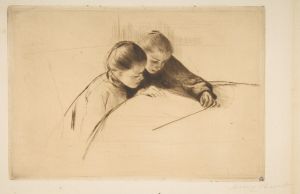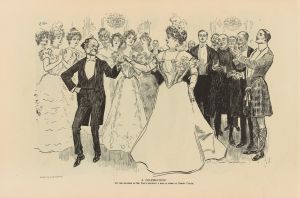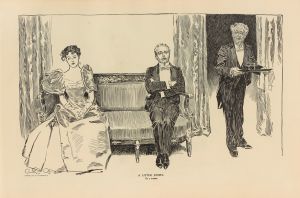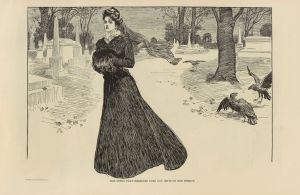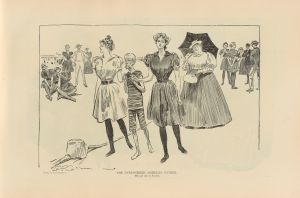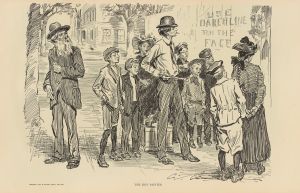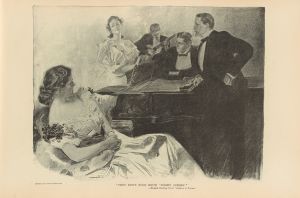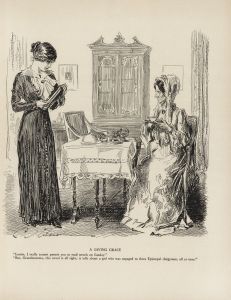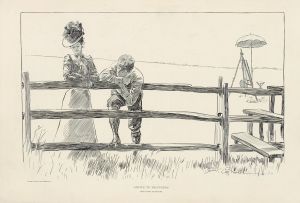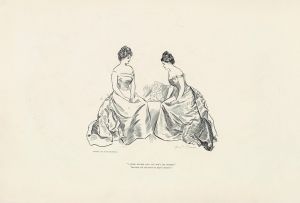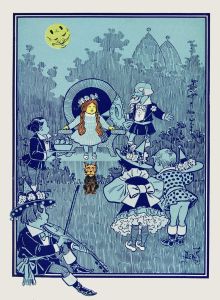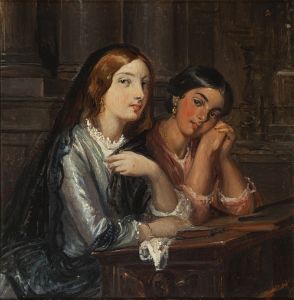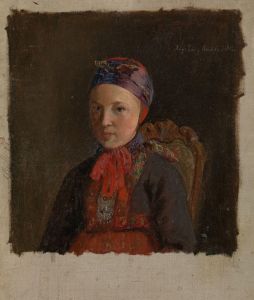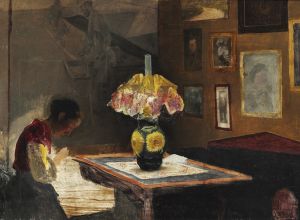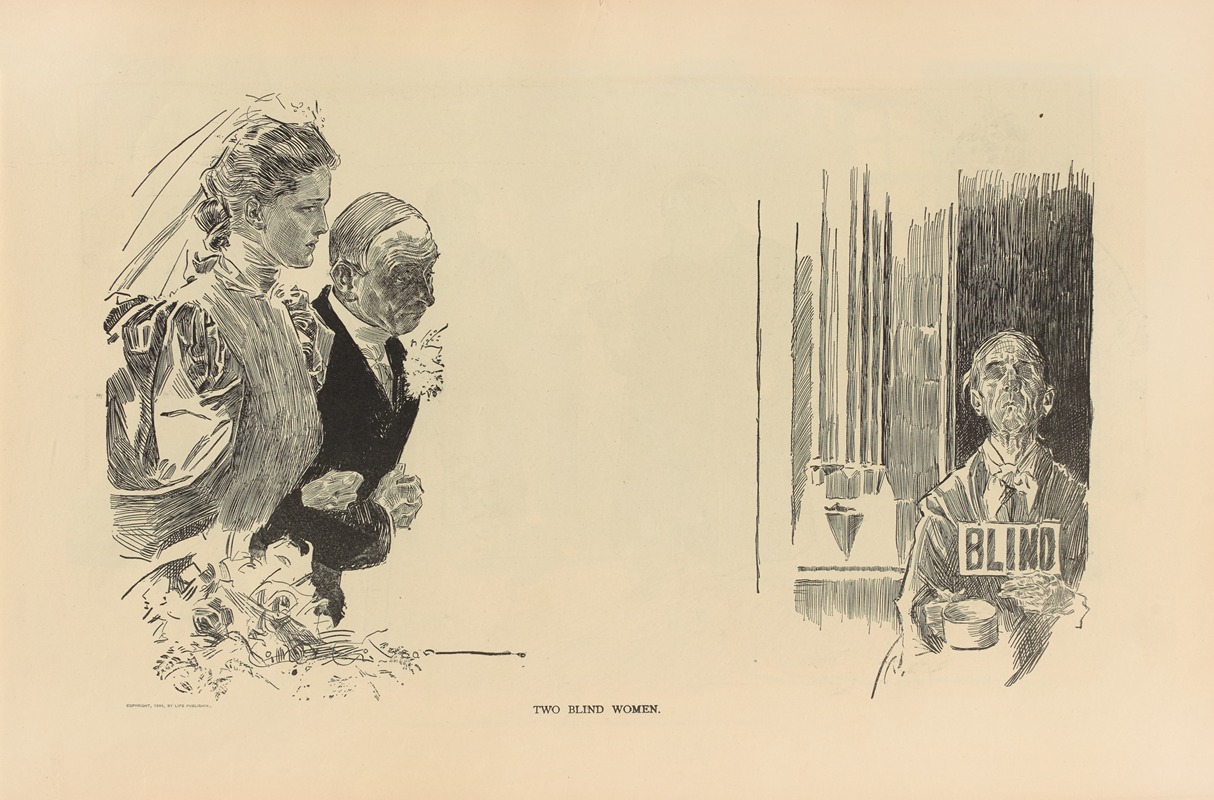
Two blind women
A hand-painted replica of Charles Dana Gibson’s masterpiece Two blind women, meticulously crafted by professional artists to capture the true essence of the original. Each piece is created with museum-quality canvas and rare mineral pigments, carefully painted by experienced artists with delicate brushstrokes and rich, layered colors to perfectly recreate the texture of the original artwork. Unlike machine-printed reproductions, this hand-painted version brings the painting to life, infused with the artist’s emotions and skill in every stroke. Whether for personal collection or home decoration, it instantly elevates the artistic atmosphere of any space.
Charles Dana Gibson was an influential American illustrator, best known for his creation of the "Gibson Girl," a representation of the idealized American woman at the turn of the 20th century. While Gibson's work primarily focused on these iconic images, he also produced a variety of other illustrations that captured different aspects of society and human experience. One such work is "Two Blind Women," although specific details about this particular illustration are limited.
Gibson's illustrations were widely published in popular magazines of the time, such as Life, Harper's Weekly, and Scribner's, making his work highly recognizable and influential in shaping public perceptions of beauty and femininity. His style was characterized by its detailed pen-and-ink drawings, which combined elements of realism with a touch of idealism, often highlighting the elegance and poise of his subjects.
"Two Blind Women" would likely reflect Gibson's keen observational skills and his ability to convey emotion and narrative through his art. While there is no extensive documentation or analysis readily available for this specific illustration, it can be inferred that, like much of his work, it would capture a moment or scene with a sense of depth and empathy. Gibson had a talent for portraying the subtleties of human expression and interaction, which would be evident in any depiction of individuals with disabilities, such as blindness.
Gibson's work was not only artistically significant but also culturally impactful. The "Gibson Girl" became a symbol of the changing roles of women in society, representing independence, confidence, and a new standard of beauty. Although "Two Blind Women" does not directly relate to the "Gibson Girl" phenomenon, it would still be part of Gibson's broader body of work that contributed to the visual culture of the era.
Throughout his career, Gibson's illustrations captured the complexities of social dynamics and individual experiences. His ability to convey stories and emotions through his art made him a prominent figure in American illustration. While specific information about "Two Blind Women" is scarce, it can be appreciated as part of Gibson's legacy in capturing the human condition through his distinctive artistic lens.
In summary, while detailed information about "Two Blind Women" by Charles Dana Gibson is not readily available, it is reasonable to consider it within the context of his broader work. Gibson's illustrations were known for their narrative quality and emotional depth, characteristics that would likely be present in this piece. His contributions to American art and culture remain significant, with his work continuing to be studied and appreciated for its artistic and historical value.





